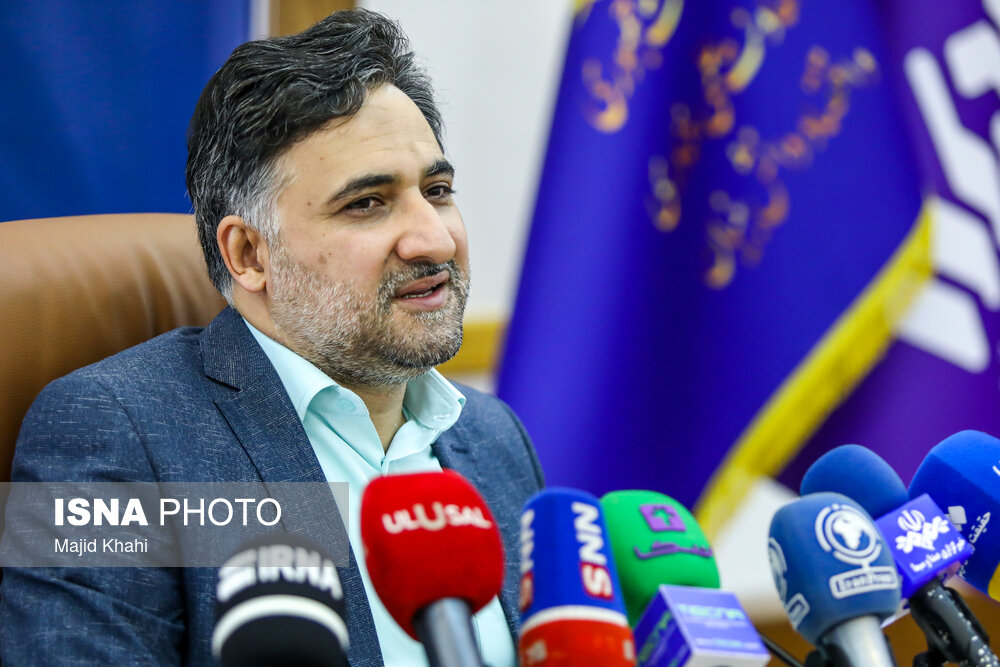Dehqani Firouzabadi said local experts have succeeded to build the high-tech homegrown device, which would provide services for 320,000 people.
The term ozone reactor is actually a collective name for all the products that are used to mix ozone, which can remove taste and odor problems, into water.
Ozone water treatment begins with the creation of ozone in an ozone generator. Then, ozone is injected into water, and immediately starts oxidizing and eliminating contaminants, such as bacteria, viruses, and metals.
Since the ozone nanobubbles have a large surface area, the ozone gas is more efficiently dissolved in liquids and improves effectiveness in applications such as water treatment and disinfection.
Iran faces a race against time to tackle its serious water shortage challenge as water depletion in the country is one of the highest in the world, with studies expecting a 25 percent decline in surface water runoff by 2030.
The Iranian authorities have been toiling away at various projects to resolve the crisis, including projects that economize on water consumption in the industrial field and state-of-the-art seawater desalination plans.
In August 2023, a report found out that Iran had launched 12 new water treatment facilities and 24 wastewater treatment plants over the two years to the end of July 2023.
The number of desalination plants in Iran had increased by 6 units with a capacity of 54,000 cubic meters per day over the past two years, it said, adding that wastewater recycling capacity in the country had risen by 324 million cubic meters per year over the same period.
